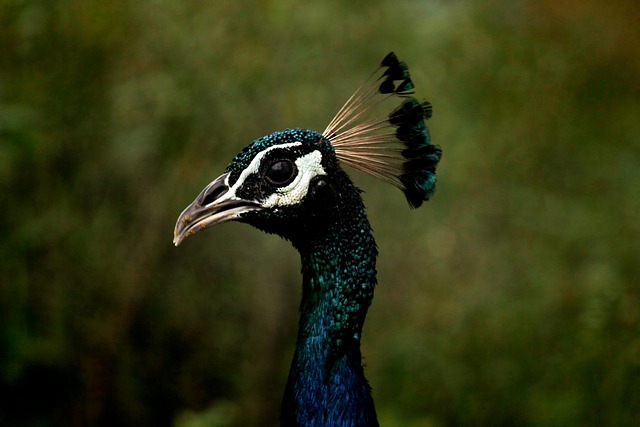Humane bird nest removal is a crucial practice for maintaining ecological balance and respecting wildlife, using non-lethal methods to safely relocate nests and promote harmonious coexistence between humans and birds. Safety, ethical disposal, adherence to laws, and encouraging alternative nesting sites are key strategies to ensure the well-being of birds while addressing property concerns, fostering a respectful relationship with wildlife.
“In many homes and businesses, bird nests can cause concern and even damage. However, opting for humane bird nest removal is crucial for both ecological balance and ethical treatment of wildlife. This article delves into the importance of understanding bird nests within ecosystems and explores why humane methods are essential during removal. We provide best practices, preventive measures, and expert tips to ensure safe, ethical, and sustainable solutions for coexisting with these feathered neighbors.”
Understanding Bird Nests and Their Importance in Ecosystems
Bird nests play a vital role in ecosystems, providing safe havens for birds to raise their young. These structures are not just essential for avian reproduction but also contribute to biodiversity and ecological balance. When bird nests form on properties, it’s crucial to understand their significance before considering removal.
Humane bird nest removal practices recognize the value of these natural habitats and aim to minimize disruption. It involves careful observation to identify active nests, ensuring that eggs or chicks are not present, and then employing gentle techniques to encourage birds to relocate. This approach respects the birds’ needs while addressing potential concerns for homeowners and businesses regarding pest control and property maintenance.
The Challenges of Nest Removal: Why Humane Methods Are Essential
Removing bird nests, especially from homes and businesses, can be a delicate task. The primary challenge lies in ensuring humane practices throughout the process. Many traditional methods involve aggressive removal or even destruction of nests, which can cause significant distress to the birds and their young. These actions are not only unethical but also counterproductive, as birds are protected under various local and international laws, making such practices illegal.
Humane bird nest removal is crucial for maintaining ecological balance and respecting wildlife. Professional services employ specialized techniques that consider the well-being of both the birds and property owners. This approach involves careful assessment, non-lethal methods, and the safe relocation of nests when necessary. By adopting these humane practices, we can foster a harmonious coexistence between humans and birds, ensuring their comfort and safety while preserving our living spaces.
Best Practices for Safe and Ethical Bird Nest Removal
When undertaking humane bird nest removal, safety is paramount. It’s crucial to approach nests with care, as birds play a vital role in our ecosystem. Professionals should wear protective gear, including gloves and masks, to prevent exposure to diseases or allergens. Using specialized tools designed for gentle extraction ensures no harm comes to the birds or their eggs.
Ethical practices extend beyond the removal process. This includes ensuring that removed nests are disposed of responsibly, away from potential predator sites, and respecting local wildlife laws and regulations. It’s also important to consider alternative solutions, such as deterrents or relocation, before resorting to removal. These best practices promote a harmonious coexistence between humans and birds, upholding ethical standards in humane bird nest removal.
Preventive Measures: Encouraging Birds to Choose Alternative Sites
Encouraging birds to select alternative nesting sites is a key preventive measure in humane bird nest removal. This can be achieved through various strategies, such as providing artificial nesting structures in different locations around the property. By offering safe and appealing alternatives, you can gently nudge birds away from their preferred but problematic areas. Additionally, maintaining clean and clutter-free spaces, especially in attics and eaves, reduces the appeal of these spots for nesting.
Regular inspections and early detection play a crucial role. Checking your home or business premises periodically allows for identifying potential nest sites before birds start building them. This proactive approach not only facilitates humane removal but also prevents future issues. Encouraging local birdwatch groups or professionals to conduct assessments can further ensure that any interventions are conducted ethically, with the birds’ well-being and natural behaviors in mind.
In conclusion, humane bird nest removal is not just an option, but a responsibility. By understanding the ecological role of bird nests and adopting ethical practices, we can ensure the safety of both properties and avian life. Following best practices and preventive measures allows us to coexist harmoniously with these feathered neighbors, fostering a balanced ecosystem. Let’s embrace humane methods to protect and preserve the natural beauty that birds bring to our homes and communities.
